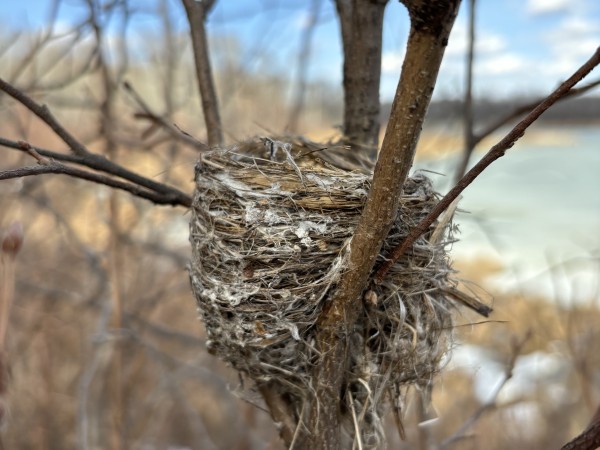
Tracking Through the Seasons
April 28, 2025
One of the most captivating aspects of animal tracking is its dynamic nature—how tracks, sign, and landscapes morph…

April 28, 2025
One of the most captivating aspects of animal tracking is its dynamic nature—how tracks, sign, and landscapes morph…
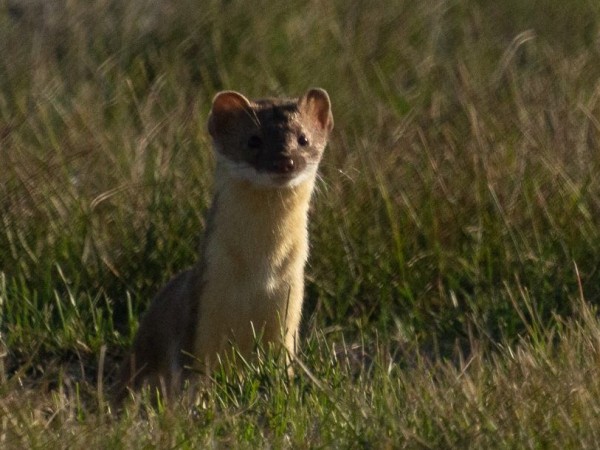
April 8, 2025
If you’ve ever heard the saying “weasel your way out of a situation,” you might not be surprised…
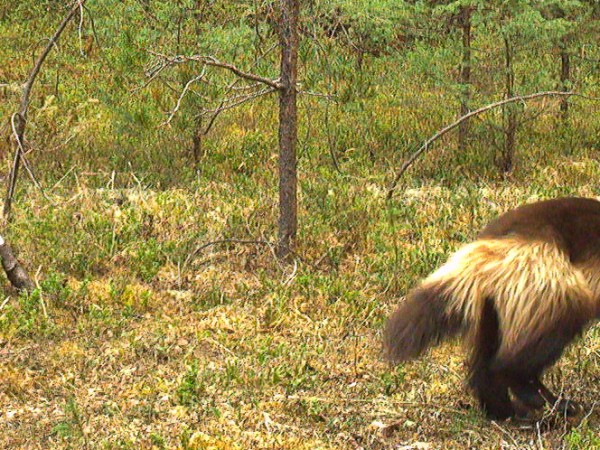
March 20, 2025
Both a scavenger and a predator, the wolverine (Gulo gulo) is a member of the mustelid family that…

December 6, 2024
The social relationship coyotes have with humans is unique and interesting, but so are the interactions that coyotes have with each other, especially when it comes to coyote families and kin recognition.
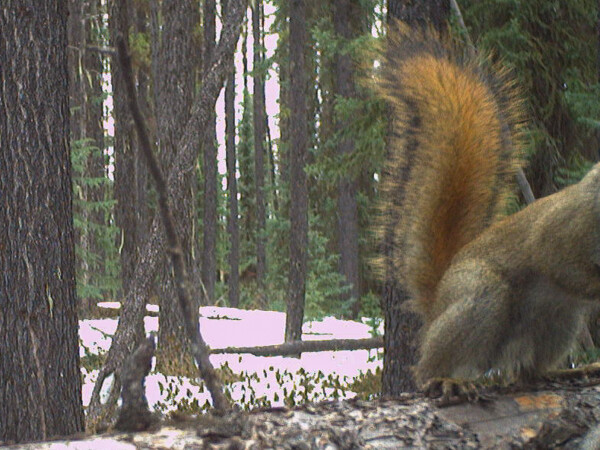
November 1, 2024
If you’ve taken a stroll through Edmonton’s river valley, you’ve likely heard the rapid, scolding chatter of a…
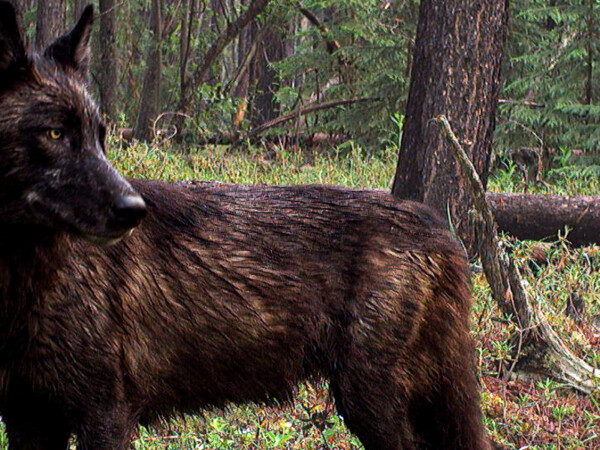
August 1, 2024
Although encountering a black wolf might seem a rare event, Alberta actually has a notably high number of them. In Alberta, 55% of wolves are black, compared to just 33%
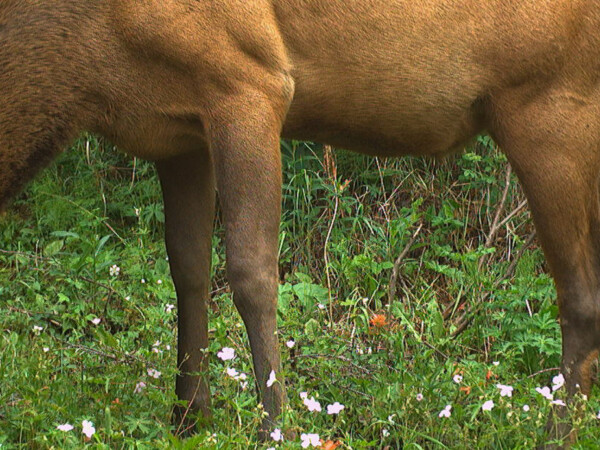
July 2, 2024
“Wapiti” and “elk” are two of the names bestowed upon Cervus canadensis, the second largest species in the…
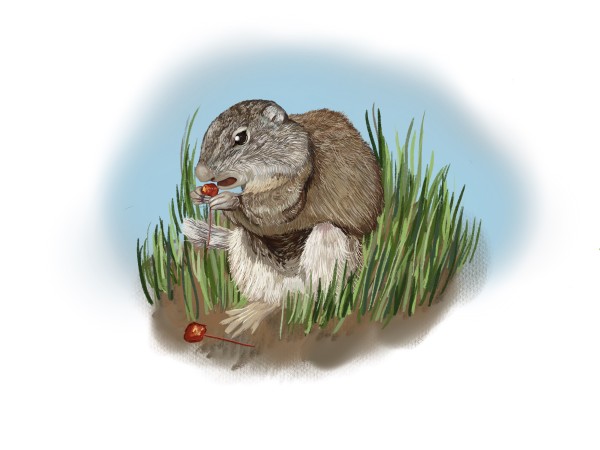
May 21, 2024
Researched, written, and illustrated by Bria Griffin, Junior Science Communicator Scurrying to and fro amidst the parkland ecosystems…
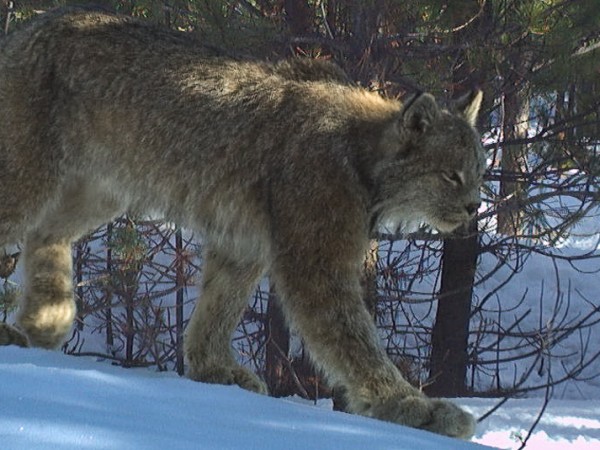
February 1, 2024
Canada lynx (Lynx canadensis) are specially adapted to walk on top of snow with their big, splaying, fur-covered feet that function as snowshoes. The advantage of these specialized feet in catching their preferred prey, the snowshoe hare (Lepus americanus), is debatable due to the snowshoe hare’s own similar adaptation for floating on the snow.
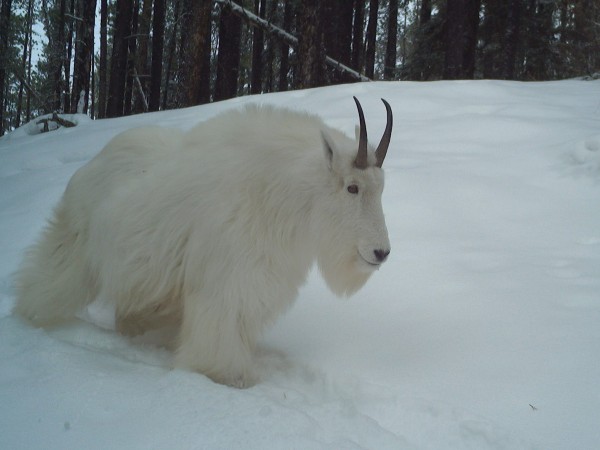
January 1, 2024
Mountain goats are “white walkers” even when winter isn’t coming. They keep their white coats all year round. At Fiera Biological we study a population of mountain goats in west central Alberta and for part of that study, we are using remote cameras to better understand how predators (and their typical “not mountain goats” prey) use the habitat surrounding the cliff habitat that the goats are using.